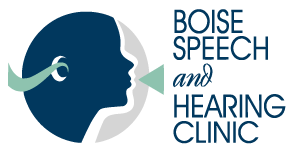You hear the terms 504 and IEP thrown around a lot in regards to school. What exactly is a 504? IEP? How do you qualify for them? How do you know which one is right for your child? We won’t talk much about the qualification process because we have discussed it in a prior article, but understanding what these plans are and which is right for your child is important for starting the process.
STUDENTS PROTECTED UNDER SECTION 504
Section 504 covers qualified students with disabilities who attend schools receiving Federal financial assistance. To be protected under Section 504, a student must be determined to: (1) have a physical or mental impairment that substantially limits one or more major life activities; or (2) have a record of such an impairment; or (3) be regarded as having such an impairment. Section 504 requires that school districts provide a free appropriate public education (FAPE) to qualified students in their jurisdictions who have a physical or mental impairment that substantially limits one or more major life activities.
According to the Rehabilitation Act of 1973, a 504 “ensures that the child with a disability has equal access to an education. Section 504 requires the needs of students with disabilities to be met as adequately as the needs of the non-disabled are met.” 504 plans can be given for a wide range of reasons from learning disabilities to physical impairments to ADHD.
“The IEP must include…[f]or each student with a disability beginning at age 14 (or younger, if determined appropriate by the IEP team), and updated annually, a statement of the transition service needs of the student under the applicable components of the student’s IEP that focuses on the student’s courses of study (such as participation in advanced- placement courses or a vocational education program);”
Typically, when a child receives services outside the normal classroom that is when they are given an Individual Education Plan (IEP). Services can range widely. For some services mean all day instruction in the special education room. For others, it can be 30 minutes a week working with a Speech and Language Pathologist (SLP).
Both an IEP and a 504 are law-binding documents that must be satisfied by the school district. The big defining difference between a 504 and an IEP is that a 504 covers accommodations made within the mainstream classroom, whereas, an IEP covers accommodations for services rendered above and beyond normal classroom education. Now having said that, a child does not receive a 504 and IEP. If they qualify for an IEP it also allows for accommodations in the classroom as well.
Related Information
http://www.sde.idaho.gov/topics/504/
https://www2.ed.gov/parents/needs/speced/iepguide/index.html


